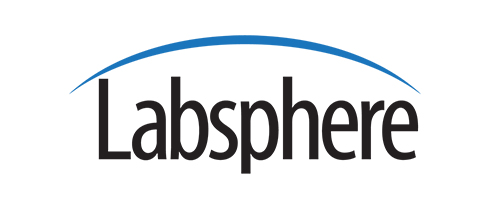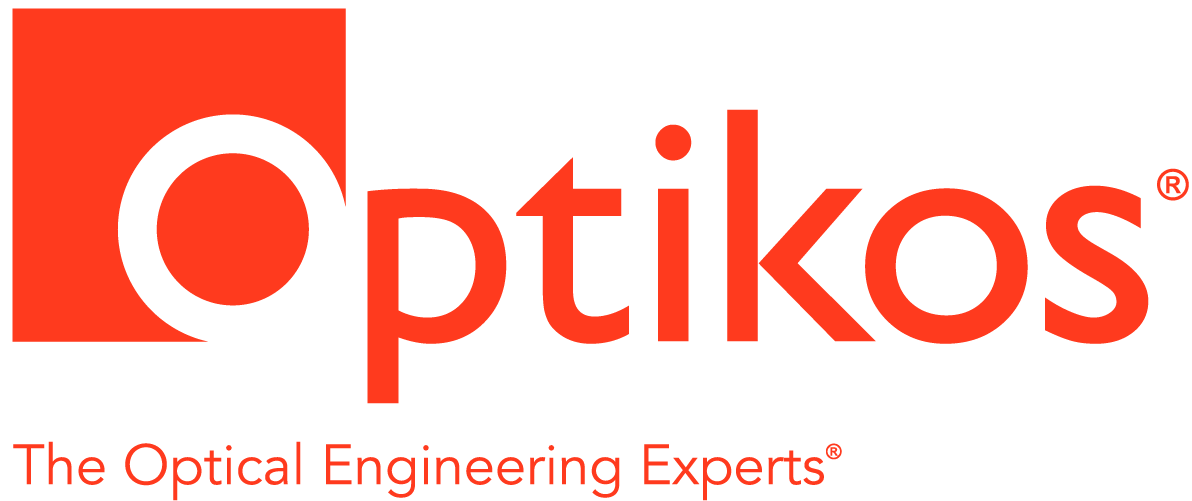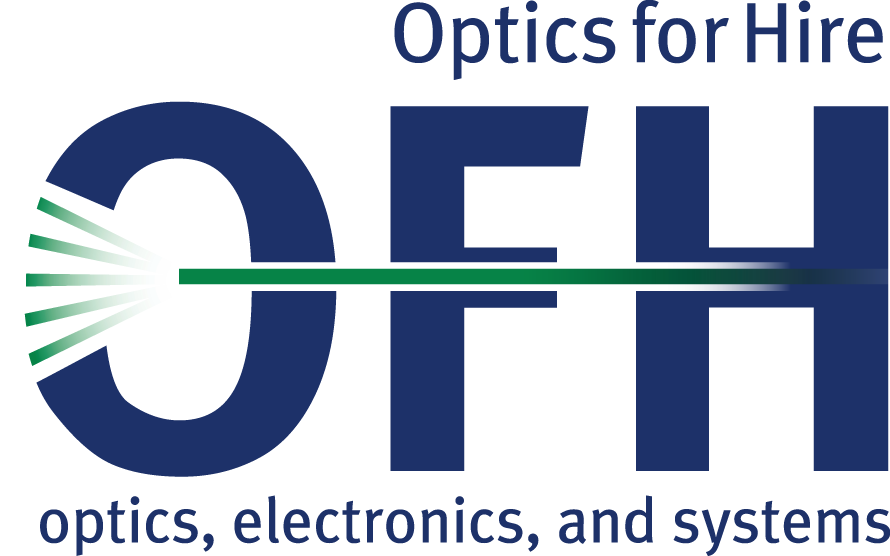Nanophotonic devices for communication and sensing
Photonic crystal nanostructures open unprecedented opportunities for construction of novel photonic devices and integrated nanophotonic systems, due to their unique capability to manipulate light at sub-wavelength scales. In this talk, I will present my work on photonic crystals and their applications. I will show ultra-fast photonic crystal nanocavity lasers that can be modulated at speeds far exceeding today's state of the art semiconductor lasers. The ultra-fast speeds are due to the use of cavity quantum electrodynamics effects such as spontaneous emission rate enhancement. I will then introduce two dimensional coupled photonic crystal nanocavity arrays and show that they can reduce the group velocity of light by many orders of magnitude. In addition, I will show the implementation of these structures in active media composed of multiple quantum wells for low threshold and high power nano-lasers. These coherently coupled nanocavity lasers achieve dramatically higher power conversion efficiency with respect to other nanocavity lasers. Finally, I will present photonic crystal nanocavity sensors and discuss their integration with microfluidic systems for sensitive detection.
Hatice Altug
Hatice Altug is an Assistant Professor in Electrical and Computer Engineering Department at Boston University. She received her Ph.D.degree in Applied Physics from Stanford University in 2006, and her B.S. degree in Physics from Bilkent University (Turkey) in 2000. During her PhD, she is awarded Intel and IEEE LEOS Fellowships. Her research involves design and implementation of high performance and ultra-compact nano-photonic devices and sensors including lasers and all-photonic switches and their large-scale on-chip integration for communication and bio-sensing applications. Her work on ultrafast photonic crystal nanocavity work has been featured on the cover of Nature Physics, and highlighted in Nature Photonics and Laser Focus World magazines. Her work on nanocavity lasers received Best Paper and Research Excellence award in IEEE LEOS Conference in 2005. She received the first place award in the Inventors' Challenge competition of Silicon Valley with her work on micron scale all-optical switches. Her work on slow light and nano-cavity lasers has been featured on the cover of Applied Physics Letters and highlighted in several magazines.
Reservations:
DINNER reservations are required by noon, February 18, 2008, the Monday of the meeting. MEETING ONLY reservations are required by noon, February 21, 2008, the day of the meeting.
Please make reservations on line . Reservations may also be left on the answering machine at 617.584.0266. We no longer have an email address for reservations due to SPAM. When making reservation requests, please provide the following information:
- DINNER AND MEETING or meeting only
- Name(s) and membership status
- Daytime phone number where you can be reached (in case of change or cancellation)
Location:
Best Western TLC in Waltham (Map to TLC) .
Networking—5:45 PM, Dinner—6:30, Meeting—7:30 PM.
Menu:
Dinner will include fruit cup, salad (mixed greens), roast turkey with stuffing and gravy, mashed potatoes, butternut squash, lemon meringue pie and coffee, tea, or milk.
Vegetarian option available on request
Dinner Prices:
| Members and their guests | $25.00 each |
| Students | $15.00 |
| Non-members | $30.00 (See NOTE Below) |
General Information on NES/OSA Meetings
Cancellations and No-shows:If the meeting must be canceled for any reason, we will try to call you at the phone number you leave with your reservation. Official notice of cancellation will be on our answering machine.
We have to pay for the dinners reserved as of the Tuesday before the meeting, so no-shows eat into our cash reserve. If you will not be able to attend, please let us know as early as possible. Otherwise, no-shows will be billed.
Membership Rates:
| Regular members | $15.00 |
| Student members | free |
NOTE: The extra $5.00 of the non-member dinner fee can be used toward membership dues if the nonmember joins and pays dues for the current year at the meeting.



